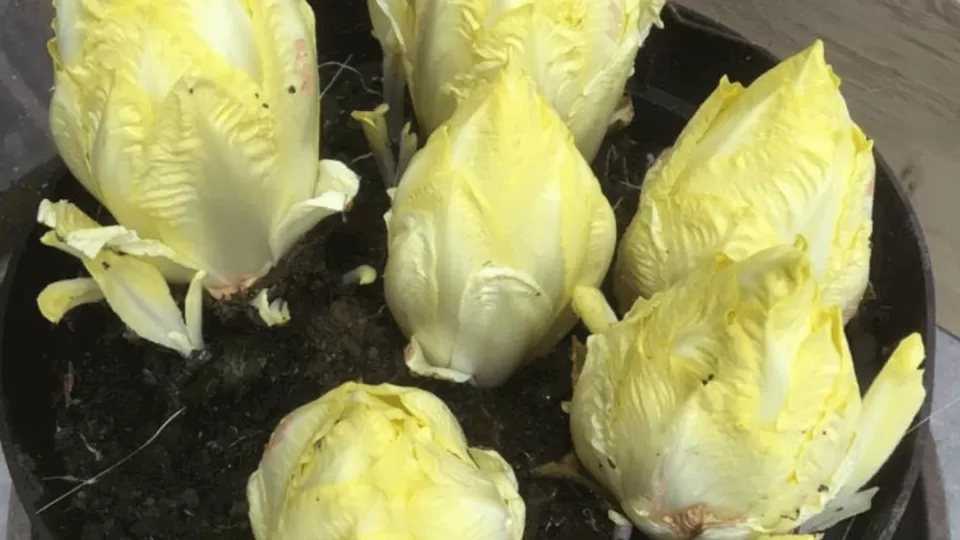Growing chicory – the do’s, the don’ts and everything else in between!
For our avid social media followers, you’ll have been following Irrigatia’s George on his chicory growing journey for some time now. It’s been just over a year since it began, and we’ve learnt a lot along the way – so we thought we share our experience and knowledge for those of you wishing to grow your own!
Stage one: The Set Up
The first step, is to get sowing; George first began the chicory growing process mid-April 2020 – the perfect time of year to sow your seeds, ready for harvesting the following winter.
Top tip: When sowing, ensure you leave appropriate gapping between each seed to allow for growth and, as with any seedling, keep them hydrated at all times with good drainage. We recommend the Irrigatia C12 kit paired with a microporous hose – ideal for watering small to medium veg patches and flower beds.

Stage two: The Growing process
Our next stage was to keep a close eye on our seedlings in the first stages of the growing process. Expect growth to be quite slow during the first few months, but by summer the process will accelerate and growth will become quite strong. By December it should be time to started lifting the roots and potting them out; the roots should ideally look carrot shaped, however you may find some look more like uprooted tree stumps – as George did!
Top tip: To avoid misshapen roots, monitor the fertility of your soil and water levels. Our seedlings were planted in a very high organic matter bed which was perhaps too fertile and resulted in misshapen roots. Secondly, chicory is more similar to carrots when it comes to the watering process and should be left until fairly dry before soaking with more water again.
Stage three: Forcing
Once the roots were potted up, it was now time to force the growth of our chicory. George covered the pots with a black plastic sack and, after keeping them at a comfortable room temperature, three to four weeks later they were ready to harvest. George kept them in an unheated greenhouse for a while but unfortunately, they did nothing whilst they were in there.
Top tip: Pay close attention to the temperature when forcing your chicory – it prefers a warmer environment. So, unless you have a heated greenhouse, move them indoors. We’d also recommend using smaller pots than the ones used in our video guide (watch), as this will allow you to force the chicory into smaller batches and ensure they’re successfully spread out during the season.

Stage four: Testing the final result
Our batch of chicory has grown to be very large and a bit ragged looking, but after removing a few of the outer leaves they appear to look just like commercially produced chicory! They had quite a crisp, yet slightly bitter, lettuce-like taste – which is exactly what we were expecting.
Top tip: George found that halving them and baking in the oven before smothering with cheese sauce is a great way to eat them!

